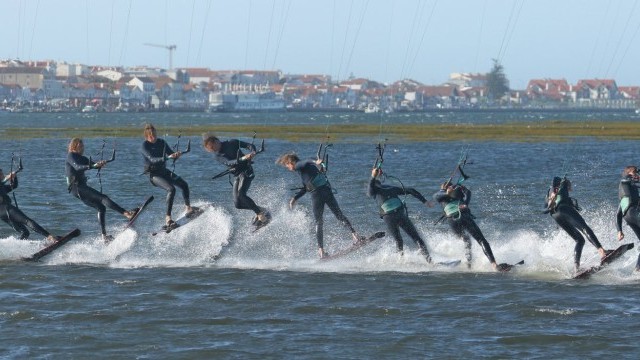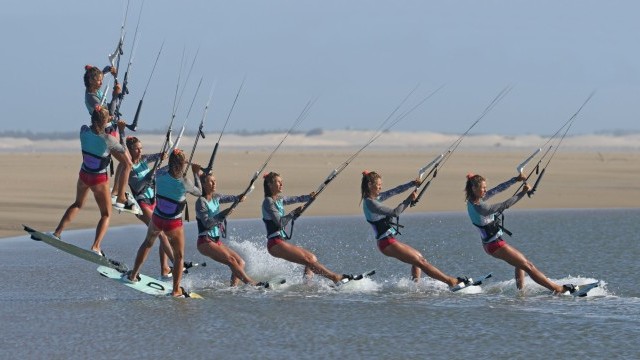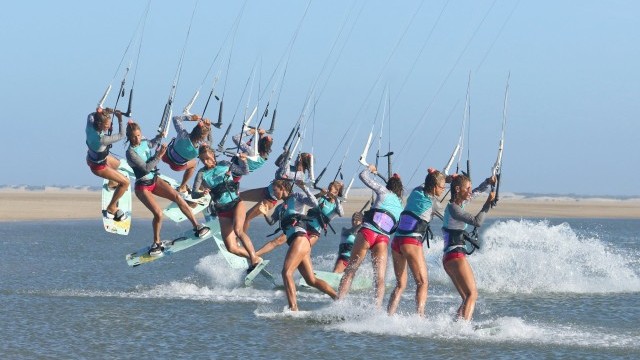Kitesurfing Technique
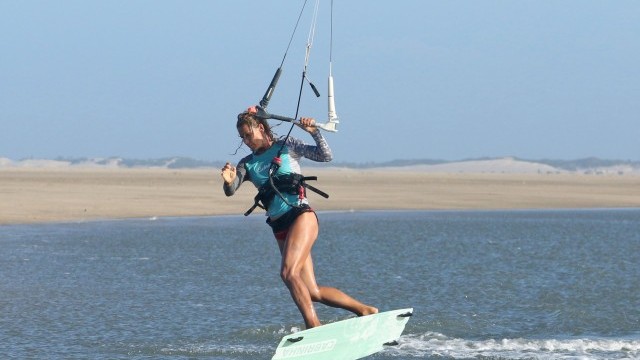
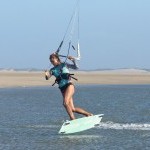
Back to Wrapped Hooked
When you hear the name back to wrapped, you likely cast your mind back to bygone days of unhooked freestyle (if you've been around long enough) and what was often considered the precursor to the back mobe. What we're looking at here with the hooked version is potentially a softer, kinder and generally more friendly relative that requires no unhooking,...
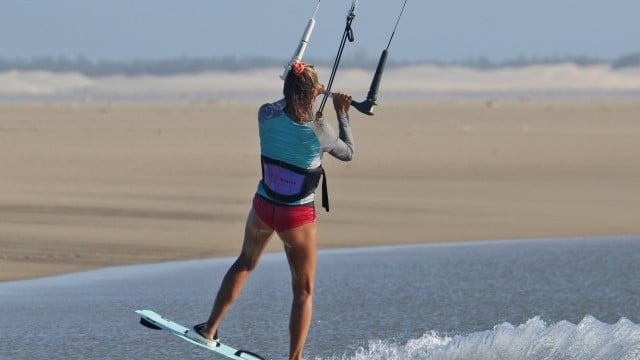
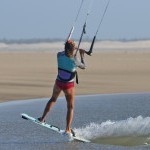
Learning to Loop Part 4 - Jump Transition Late Loop
We're sneaking this one into our learning to loop series because it really is the ultimate get out of jail card. If you want to pass go and collect 200, it's an absolute must-have. In fact, it's so good and handy that, at times, you could practically consider it as cheating. Anyway, enough of the hyperbole and excitement; we need...
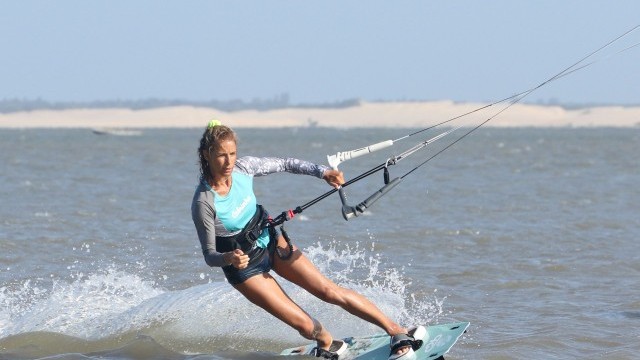
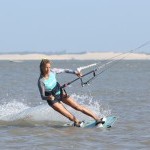
Learning To Loop Part 3 - Heel to Toe Downloop Transition
Part three of our learning to loop series is the final on water move! You'll add your new love of a downloop onto a heel to toe carve. We've said it before, but it remains true: there is nothing sweeter than exiting a carve with some oomph. There are so many variables that can scupper the perfect heel to toe,...
Categories
Featured
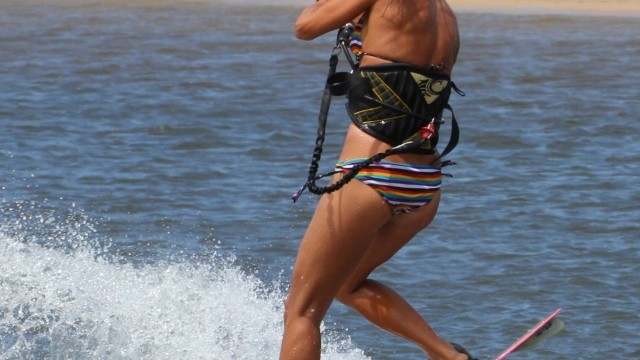
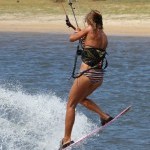
Popped Front Loop to Toeside
A while back we went through the sent, jumped version of this, and now it’s time for the next step, the popped one. If you haven’t yet tried this using the kite we suggest you do, as you’ll have more time and be in a more balanced position from which to land toe side. If you have and therefore have...
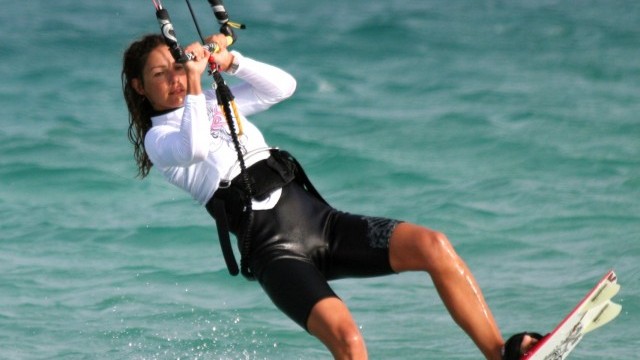
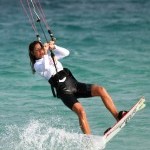
Back Loop Transition
There comes a time in every kiters life when suddenly all the hours of battling the elements really starts to pay dividends. Once you have mastered the many basic fundamentals you will have a solid foundation on which to build many blocks. The backloop transition is without a shadow of doubt the first funky add on to the beloved foundation...
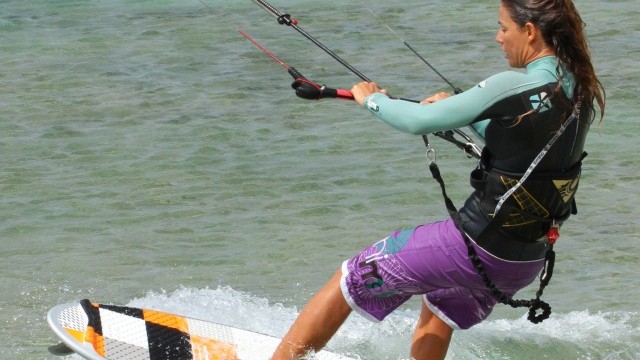
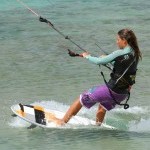
Fin First Beach Start
Mucking around on a surfboard is as much about becoming more instinctive, and understanding how your board and kite work as it is about deliberately learning new skills. So here we’ve got a move that can come in useful if the waters a bit shallow and you don’t fancy scuffing your fins, but that will also get you freeing your...
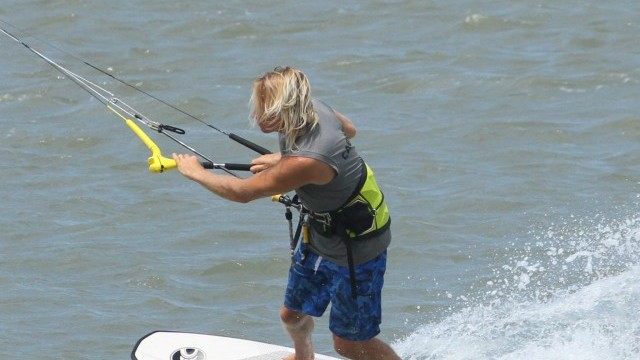
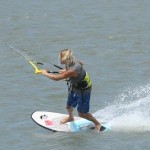
Surfboard Heel to Toe Carve with a Down Loop
It would be a shame to learn one without the other! And depending on your preference, it’s not written in stone which is easier to conquer first, the toe to heel or the heel to toe. Therefore, it makes sense to give you both options to work on, even though a lot of kiters will feel more confident trying first...
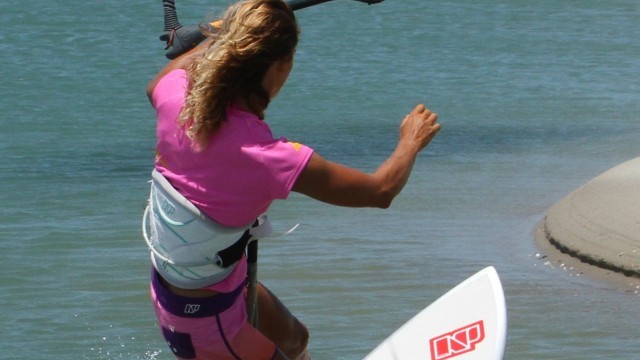
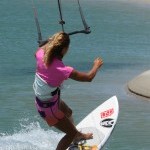
Chicken Gybe Part 2
Continuing on from the last issue in which we covered part one, here is the toe to heel version of the Chicken Gybe. The idea is much the same as before, you’re aiming to pivot the board from toe to heel without it carving downwind, effectively sinking the upwind rail first, and then using the kite and your feet to...


Twin Tip Duck Tack
A rather fun transition, the love child of two moves! You could look at it as the twin tip variant of the directional duck tack, but equally it is essentially an on water, or un-aerial back loop transition. In it’s own right a smooth way of changing direction, and a possible method of learning the key movements to the duck...


